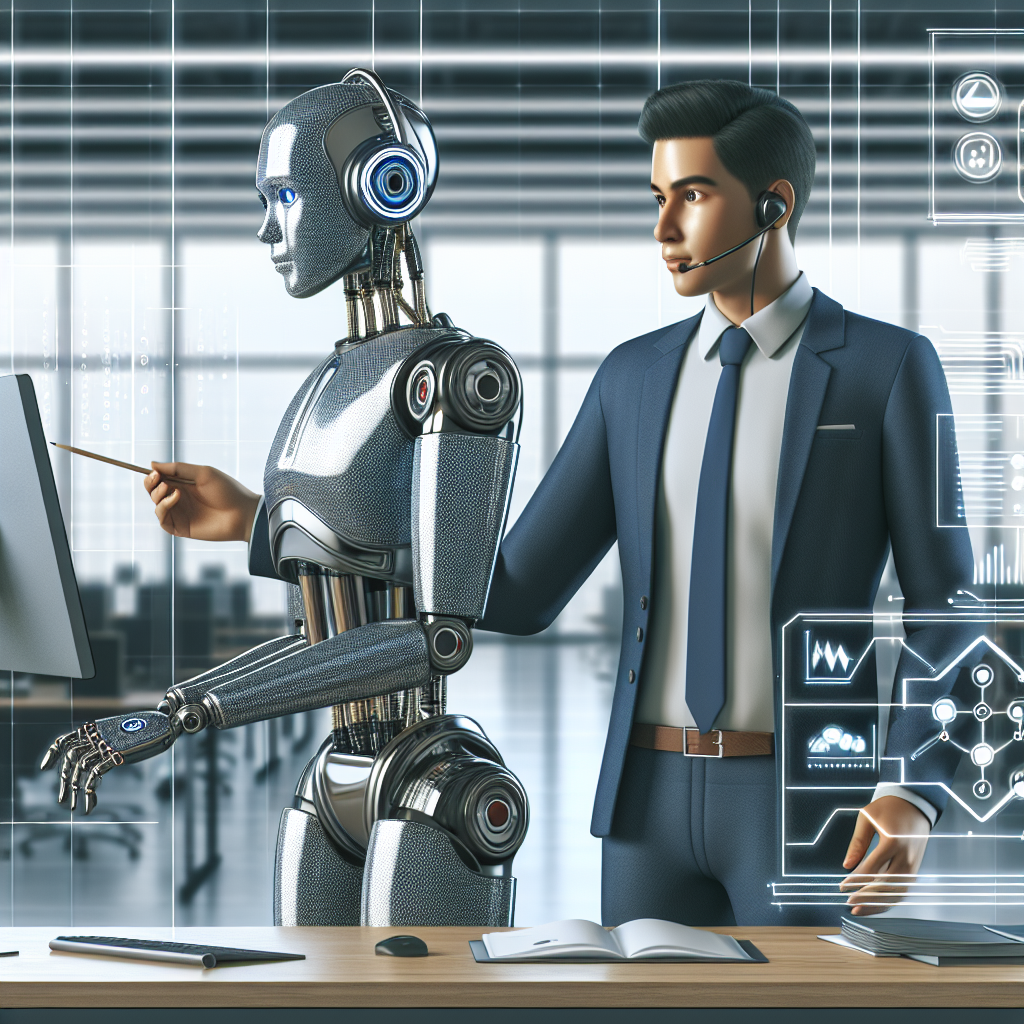Introduction
Imagine a world where innovation and technological advancement are no longer exciting novelties, but integral parts of our daily lives. This is no longer the stuff of science fiction, but our very real, present world. However, in the rapid march towards progress, it’s crucial to consider the human cost of innovation.
Current State of the Industry
Today’s technology industry is characterized by a breakneck pace of innovation. From artificial intelligence to blockchain, cutting-edge technologies are transforming every facet of our lives and economies. However, it’s essential to remember that these innovations do not exist in a vacuum; they have profound implications on individuals, society, and the world at large.
Emerging Trends to Watch
Three significant trends currently shape the technology industry: automation, data privacy, and digital divide.

Related visual content
Trend 1: Automation
Automation, particularly through artificial intelligence and robotics, promises increased efficiency and productivity. However, it also poses potential risks for job displacement, causing anxiety among workers.
Trend 2: Data Privacy
As our lives become increasingly digitized, concerns about data privacy and security are growing. Companies and governments are wrestling with the challenges of protecting individuals’ privacy while leveraging data for innovation and public good.
Trend 3: Digital Divide
The digital divide refers to the gap between those who have access to technology and those who don’t. As technology becomes more integral to our lives, this divide threatens to exacerbate existing inequalities.

Related visual content
Impact on Businesses
These trends present both challenges and opportunities for businesses. Automation can lower costs and increase productivity, but it also requires businesses to rethink their workforce strategies. Data privacy regulations necessitate investments in security, but they also provide an opportunity for businesses to build trust with consumers. The digital divide presents a vast untapped market, but reaching and serving these consumers requires innovative and inclusive strategies.
Impact on Consumers
For consumers, these trends bring about a mix of benefits and concerns. Automation can make products and services cheaper and more accessible, but it also raises fears about job security. Data privacy issues can erode trust in companies, while the digital divide can limit access to essential services for those on the wrong side of the gap.
Future Predictions
As we look to the future, we can expect these trends to continue shaping the technology industry. Automation will become more pervasive, data privacy will grow in importance, and efforts to bridge the digital divide will become more urgent.
How to Adapt and Prepare
Adapting to these trends requires foresight and flexibility. Businesses must invest in reskilling their workforce, building robust data security, and developing inclusive strategies. Consumers need to stay informed, adapt their skills, and advocate for policies that protect their interests.
Conclusion and Action Items
In this era of rapid technological innovation, we must remember that technology is a tool, not an end in itself. Its value lies in how it benefits humanity. As we navigate this brave new world, let us ensure that we leverage technology for everyone’s benefit and guard against its potential pitfalls. Let’s aim for a future where technology serves all of humanity, not just a select few.

